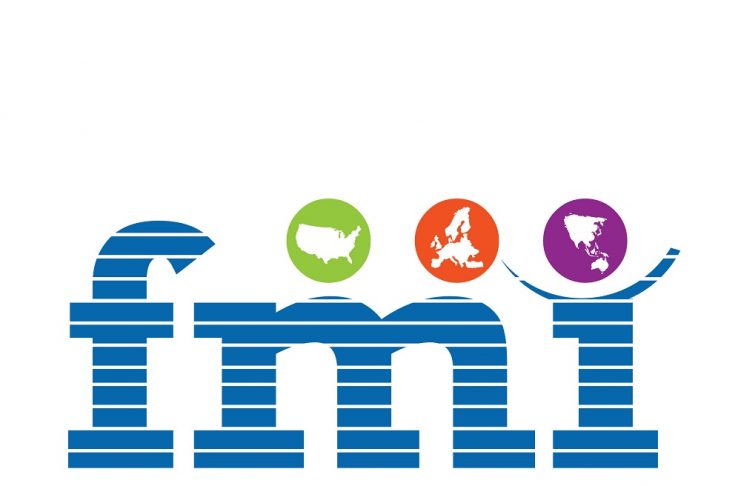The market for staple fibers is anticipated to expand quickly, from US$4 199.68 billion in 2022 to US$284.4 billion in 2032. Demand is predicted to rise at a CAGR of 3.6% during the same time period.
Staple fibers are all natural fibers except for the silk that are twisted together to form yarns. Staple fibers vary in length and available in a wide range of compositions. Staple fibers can be manufactured either from wool, raw cotton, flax or hemp. The most common raw material used for manufacturing staple fiber is wool and cotton.
However, it is also manufactured from the other raw materials such as alpaca, angora, mohair and flax. Filament fibers are usually cut into shorter lengths either for spinning using a specific type of fiber or in the various combinations of natural fibers that are also considered to be the staple fibers. Staple fibers are either short filaments having length of about 21/2 inches and filaments are known as longer staples when they have length more than that of 21/2 inches. Cotton is a short staple fiber that ranges from roughly 1 inch to almost 2 inch in length on the other hand wool is a long staple fiber which ranges from about 21/2 inches to 6 inches. These fibers must be spun together in order to create a usable strand.
Download Sample Copy of Report: https://www.futuremarketinsights.com/reports/sample/rep-gb-1474
Staple fibers are all natural fibers except for the silk that are twisted together to form yarns. Staple fibers vary in length and available in a wide range of compositions. Staple fibers can be manufactured either from wool, raw cotton, flax or hemp. The most common raw material used for manufacturing staple fiber is wool and cotton.
However, it is also manufactured from the other raw materials such as alpaca, angora, mohair and flax. Filament fibers are usually cut into shorter lengths either for spinning using a specific type of fiber or in the various combinations of natural fibers that are also considered to be the staple fibers. Staple fibers are either short filaments having length of about 21/2 inches and filaments are known as longer staples when they have length more than that of 21/2 inches. Cotton is a short staple fiber that ranges from roughly 1 inch to almost 2 inch in length on the other hand wool is a long staple fiber which ranges from about 21/2 inches to 6 inches. These fibers must be spun together in order to create a usable strand.
Staple fibers Market: Drivers and Restraints
Staple fibers are typically used in the wide range of applications such as clothing construction, needle crafting, rug-making and weaving industries. The yarns of the long staple fibers are ideal for manufacturing heavy-use objects such as blankets, coats, rugs and wrap threads. Just like the growing demand for other housing related products there is an increase in the demand for carpets.
Thus, the expanding carpet market is anticipated to boost the demand for the staple fibers during future. In addition, the staple fibers are also used in the manufacturing of blankets. Thus, owing to the decreasing temperature there is rise in the demand for the winter clothing in across the colder regions which has boosted the growth of the industry which is expected to drive the overall staple fibers market during the forecast period. Third major use of short staple fibers are to produce more delicate yarns for manufacturing of light-weighted garments. Owing to the development of wide range of applications of the staple fibers from the carpet to the non-woven has boosted the overall growth in the demand for the staple fibers market.
Staple fibers Market: Segmentation
Global staple fibers market is anticipated to grow at a CAGR of 6% to 7% from 2016 to 2025 owing to various macroeconomic and demographic factors. The global staple fibers can be segmented on the basis of product type and region. Global staple fibers market on the basis of product type is segmented into two categories namely; woven and non-woven. Non-woven segmented dominated the market in 2015 when compared to woven type and anticipated to remain pre-dominant over the forecast period.
Staple fibers Market: Region-wise Outlook
The global staple fibers market is geographically segmented into seven key regions namely; North America, Latin America, Western Europe, Eastern Europe, Asia Pacific (Excluding Japan), Japan and Middle East & Africa. In terms of consumption, Asia-Pacific region dominated the global staple fibers market in 2014 followed by North America and Europe respectively. In terms of production, China is the largest producer and consumer and projected to grow at higher CAGR when compared to other countries in any of the region. Also, India is anticipated to fuel the demand for staple fibers owing to increasing manufacturing activities and improving economic conditions. In North America U.S. is the largest segment when compared to Canada, an in Latin America Brazil and Mexico is anticipated to grow at significant rate.
Ask for Customization: https://www.futuremarketinsights.com/customization-available/rep-gb-1474
Staple fibers Market: Key Players
Key players are investing hugely in the research and development in order to introduce innovative products in the market. Some of the major players in global staple fibers market is Sateri International Co. Ltd., TEIJIN FRONTEIR Co. Ltd., XINDA Corp, Hubei Botao Synthetic Fiber Co., ltd. and ADVANSA among others.
The research report presents a comprehensive assessment of the market and contains thoughtful insights, facts, historical data, and statistically supported and industry-validated market data. It also contains projections using a suitable set of assumptions and methodologies. The research report provides analysis and information according to categories such as market Segments, geographies, types and applications.
About Future Market Insights (FMI)
Future Market Insights (ESOMAR certified market research organization and a member of Greater New York Chamber of Commerce) provides in-depth insights into governing factors elevating the demand in the market. It discloses opportunities that will favor the market growth in various segments on the basis of Source, Application, Sales Channel and End Use over the next 10-years.
Contact:
Unit No: 1602-006
Jumeirah Bay 2
Plot No: JLT-PH2-X2A
Jumeirah Lakes Towers
Dubai
United Arab Emirates
LinkedIn| Twitter| Blogs
For Sales Enquiries: sales@futuremarketinsights.com


